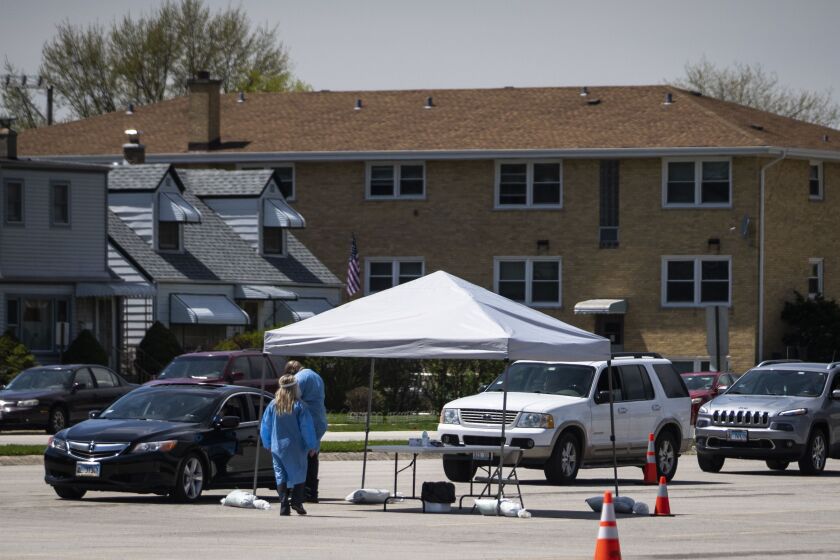Dear Doctors: Can you explain herd immunity? We have it with diseases like smallpox and polio, but when it comes to the coronavirus, everyone keeps saying it’s a bad idea. Why wouldn’t it work for COVID-19?
A. It’s true that we’re hearing a lot about herd immunity, which is also sometimes known as community immunity, from a variety of sources these days. There’s quite a bit of conjecture, and even misinformation, in some of these discussions, so we’re glad you’ve broached the topic.
Herd immunity refers to the point at which a large enough portion of a population becomes immune to an infectious disease that the illness can no longer be easily spread. This offers protection to the population at large, including to the minority who are not themselves yet immune to the infectious agent.
And you’re correct that we have herd immunity to thank for the eradication of smallpox and the extremely low incidence of polio throughout the world. The reason for this is the success of widespread vaccination efforts, which helped to make the vast majority of people immune to what had previously been serious health threats. In fact, thanks to worldwide smallpox vaccination programs, that disease was declared eradicated in 1980.
Researchers estimate that at least 60% to 70% of the population will have to become immune to the novel coronavirus in order to achieve herd immunity. Unfortunately, we don’t yet have a vaccine to achieve that. That means the only path to herd immunity at this time is for a significant portion of the populace to become infected. Based on the current U.S. population, we’re talking about almost 200 million adults and children becoming infected with the novel coronavirus in order to achieve herd immunity.
As we write this, the total number of novel coronavirus infections in the U.S. has just passed 6.5 million, far short of the 200 million needed for herd immunity. The disease has already caused more than 200,000 deaths since the start of the year, and it has left many survivors with serious and lingering health conditions. So you can see that, while achieving herd immunity through natural infection theoretically is possible, it would come at an unbearable price.
It’s true that the health risks of COVID-19 may recede as we continue to learn about the disease and, hopefully, develop new and more effective treatments. That would make becoming infected with the virus less dangerous. However, another important question remains unanswered. That is, how long do people who have recovered from COVID-19 remain immune? Unfortunately, we just don’t know yet.
All of which brings us back to the discussion we’ve been having for most of this past year. Until there’s a safe and effective vaccine, we need to do our best to slow transmission of the virus. Wear a cloth face covering in public, avoid large gatherings, maintain physical distancing, wash your hands or use a hand sanitizer, avoid touching your face, and disinfect high-touch surfaces. These are challenging times, so please, remember to be kind to one another.
Eve Glazier, M.D., MBA, is an internist and associate professor of medicine at UCLA Health. Elizabeth Ko, M.D., is an internist and assistant professor of medicine at UCLA Health.





